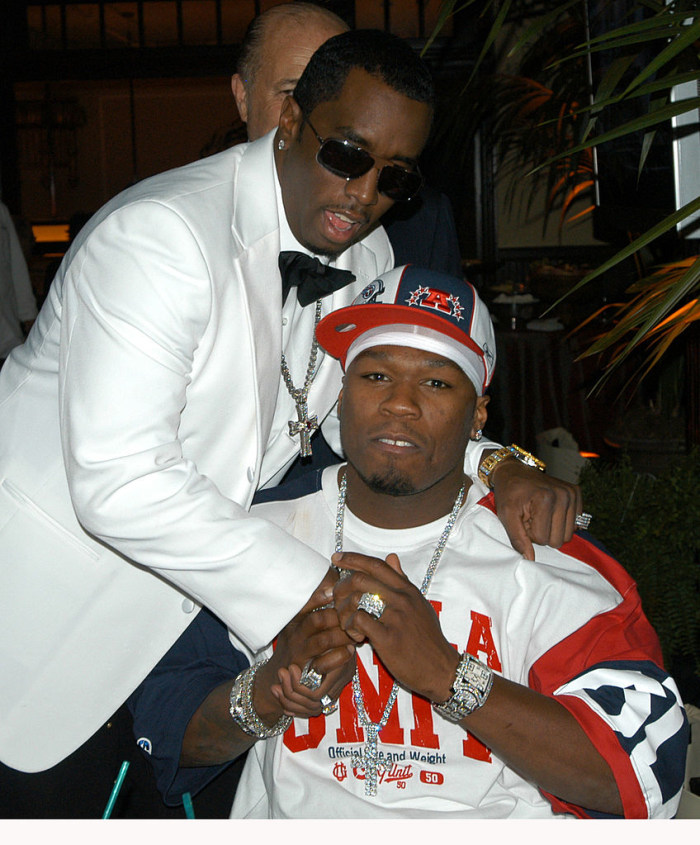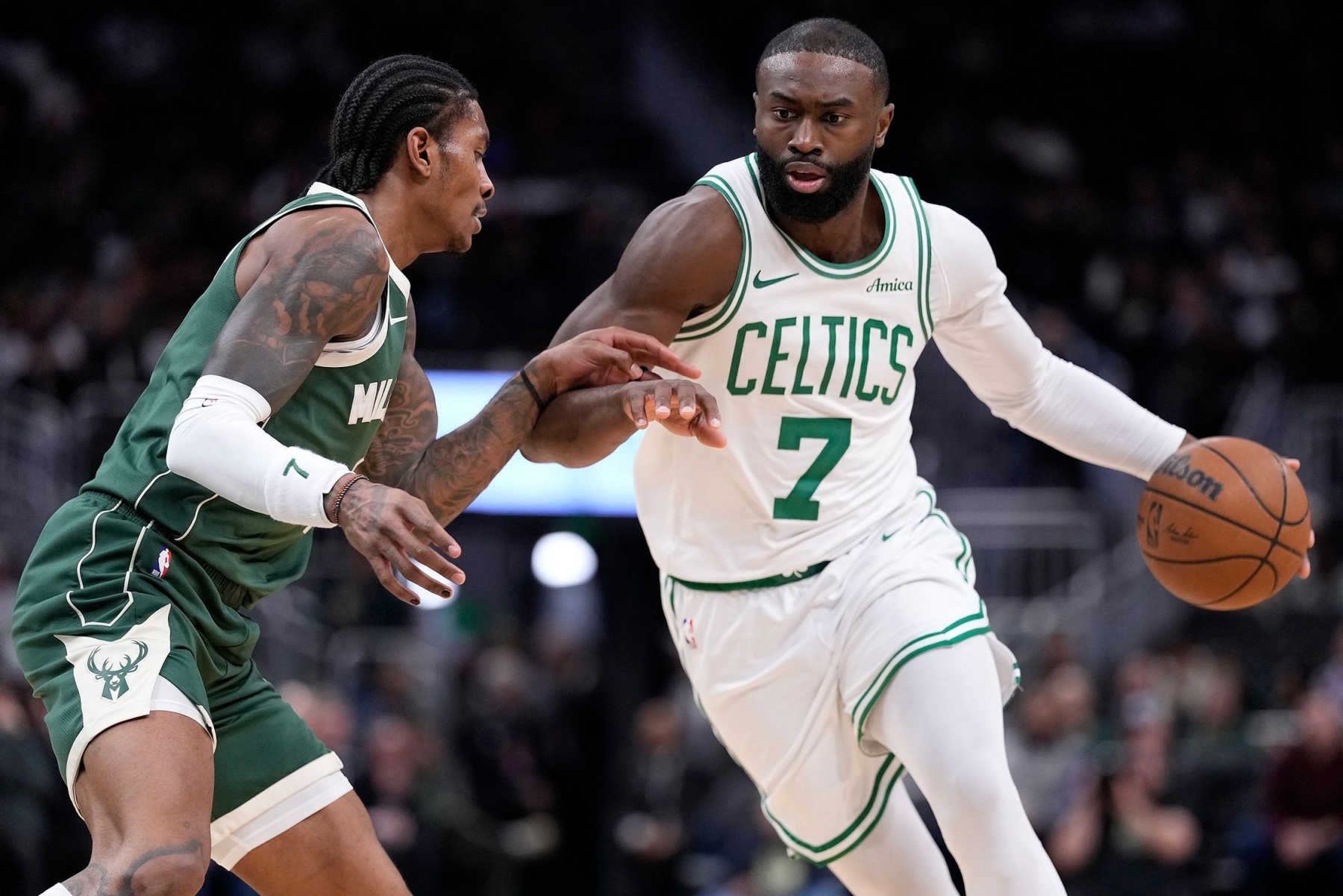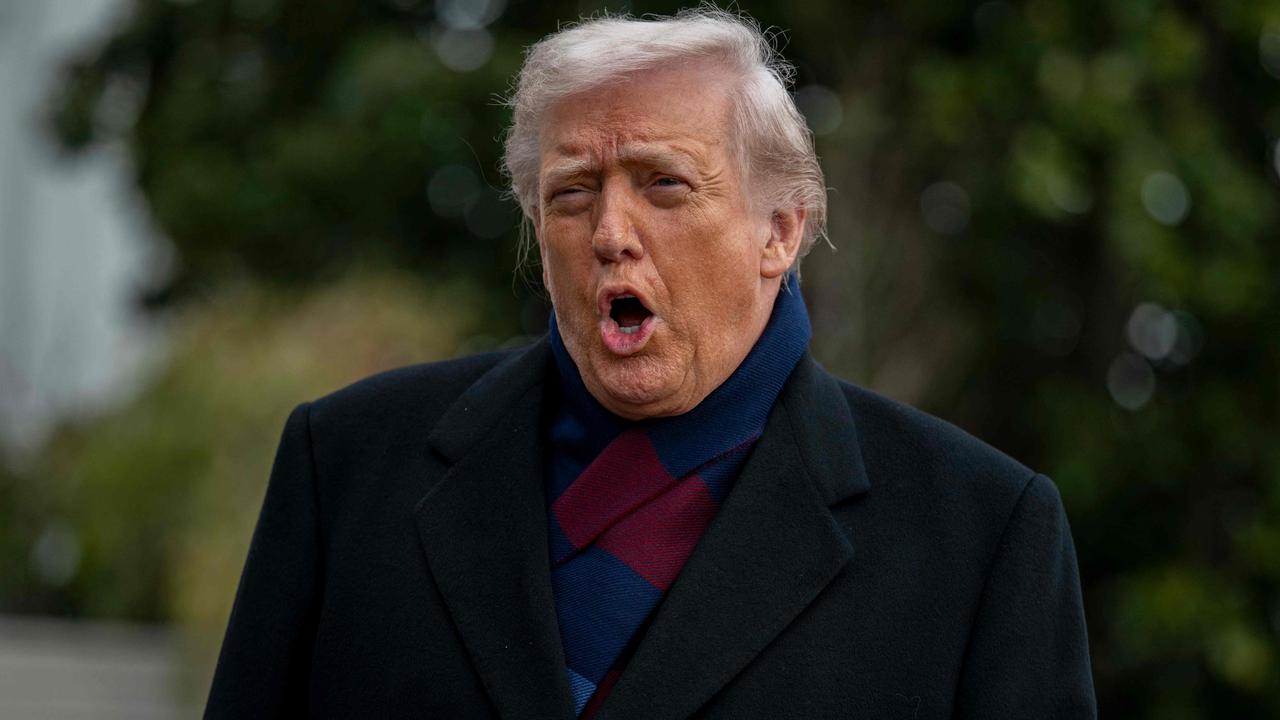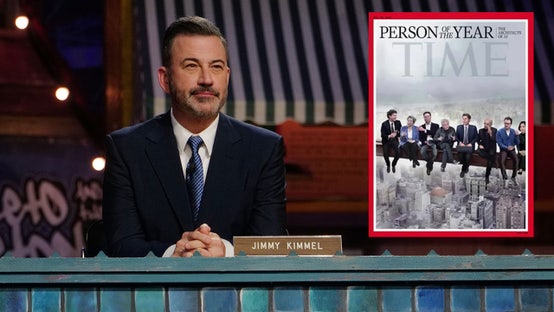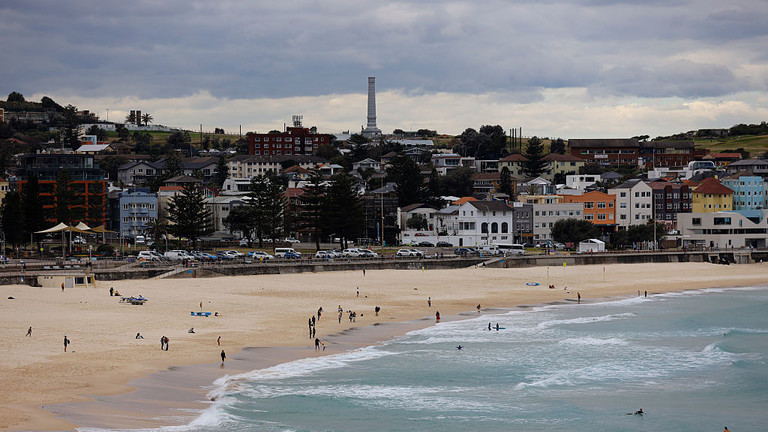
This article is more than
6 year oldHuawei unveils its new iPhone killers
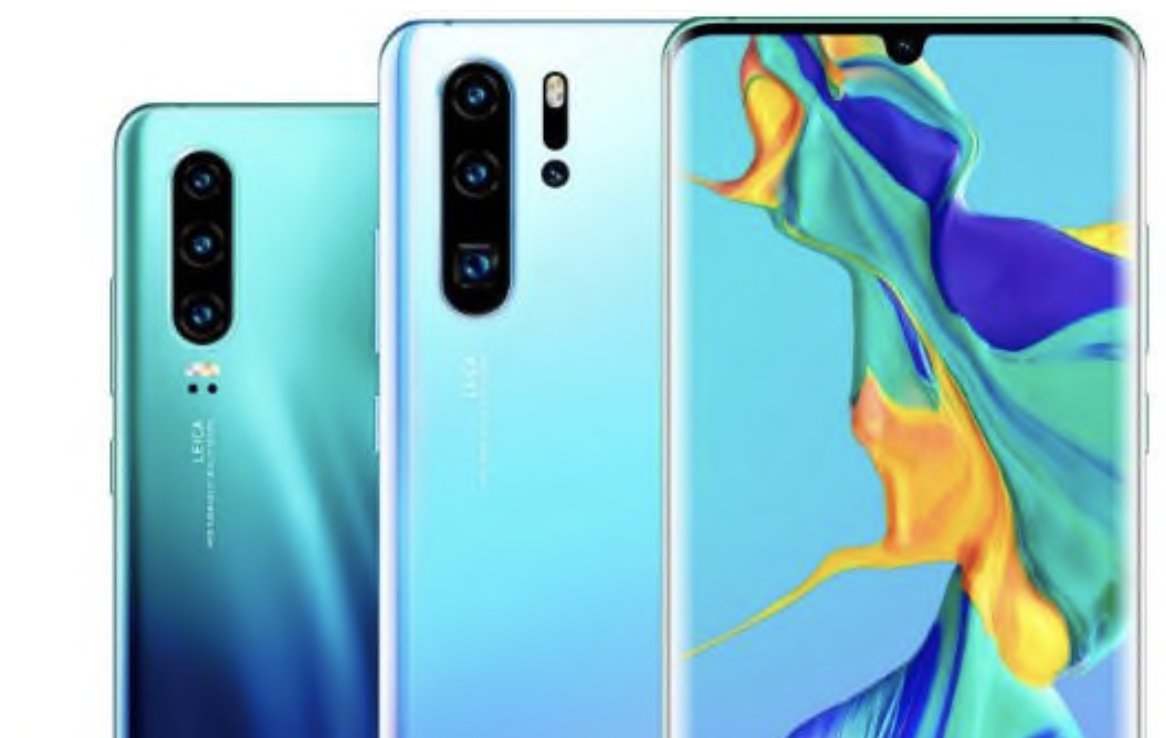
Huawei has launched its latest attempt at dethroning Apple’s iPhone and Samsung’s S series as the king of the smartphone world, with its P30 and P30 Pro devices.
The two new phones from the world’s second biggest phone maker, will land in Australia mid next month to woo phone buyers over with what it claims are the best cameras ever seen on a mobile device.

Huawei’s new flagship, the P30 Pro will be priced from $1,599 when it launches in Australia on 16 April. It’s big selling point is four different camera lens on the back, including a 5x optical zoom lens, an ultra-wide angle lens, and a main that Huawei claims is the most sensitive to lowlight conditions on the market.
The lowlight camera is something Huawei is particularly proud of, claiming it worked for the past three years with German camera company Leica to develop a lens that’s four times more sensitive to light than last year’s model, which was already great in lowlight.
What that means is you can take some incredible pictures zooming into objects and people with sharp detail and almost seeing in the dark like Google’s class-leading Pixel 3 night mode.

The fourth lens on the back of the P30 Pro isn’t actually one that you take pictures with, but what’s called a time-of-flight lens. What this does is measure the distance of light between objects, helping to create a 3D map of your surroundings when taking a picture.
Huawei says it helps enable more realistic portrait mode photos, however we’ve seen this in other devices by fellow Chinese smartphone maker Oppo and it didn’t make much of a difference.
Another area where this lens will come in handy though is in augmented reality (AR), as it helps apps create better maps when trying to use AR apps.
On the front of the phone, there’s a 32MP selfie camera that takes extremely detailed selfies if that’s your thing. We’d rather see an extra wide-angle lens like on the Pixel 3 though, which eliminates the need for selfie sticks when taking group selfies or you want to include your background in it.

Outside of the camera, the P30 Pro has a massive 4200mAh battery, that can be fast charged to 80 per cent in less than 45 minutes, and can also be used to charge other devices wirelessly, such as Apple’s new wireless AirPods.
It’s the same battery as Huawei’s Mate20 Pro, which if that’s anything to go by, means most users should easily get a full day of use out of it with fairly heavy usage.
The P30 Pro’s screen is a 6.47-inch OLED display, about the same size as Apple’s iPhone Xs Max, and features an in-screen fingerprint sensor like Samsung’s recent S10 and S10+.
For those who care about the inside specs, there’s Huawei’s excellent Kirin 980 octa-core processor, 8GB of RAM, and in Australia we’ll get the 256GB storage model.
Huawei also announced a slightly cheaper and lower spec option, the P30, priced at $1,099, which features the same main low light and wide-angle cameras as the P30 Pro, but replaces the new 5x optical zoom lens with the 3x zoom lens out of last year’s Mate20 Pro.
It’s also got a smaller screen at 6.1-inches, a smaller 3650mAh battery and 2GB less RAM.
If you’re not someone who needs the extra optical zoom on your photos and can take a tiny performance drop, then for $500 less the regular P30 could be a good option.
On the software front, Huawei’s thankfully updated its EMUI interface that sits on top of Android 9.0, including a better gesture interface and more intuitive menu options than last year’s P20 Pro flagship.

Both phones are available for pre-sale starting today, with the regular P30 available from Vodafone, Optus, JB HiFi, Kogan and a few other big tech retailers. The P30 Pro will be available from all of the same retailers, as well as Telstra.
A surprising addition to both the P30 and P30 Pro is that Optus will be stocking dual-SIM variants of the devices, a first for a major Australian carrier with a flagship device.
All pre-orders also come with a Sonos 1 smart speaker which is a nice addition, but it’s only available via redemption, meaning you don’t get it when your phone comes and need to redeem it via a website to arrive at a later date.
Harry is a technology and start-up journalist and is currently the editor of technology reviews and advice site reviews.org. He travelled to the launch as a guest of Huawei.
